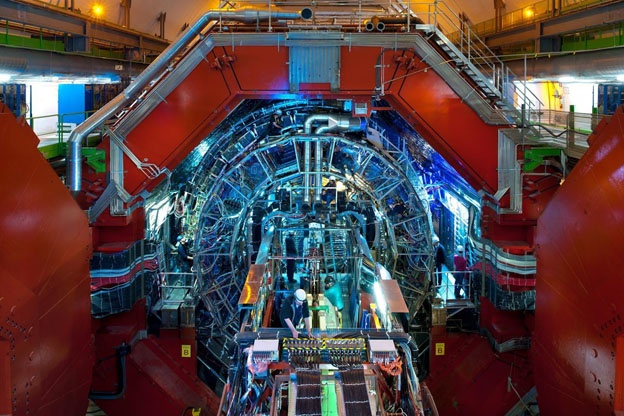ALICE (A Large Ion Collider Experiment) is a detector in the Large Hadron Collider (LHC) ring designed to investigate quark-gluon plasma, the primitive matter that filled the early universe. Berkeley Lab’s Nuclear Science Division, in partnership with IT’s Scientific Computing Group, has recently established a new site on the Worldwide LHC Computing Grid to provide a significant amount of ALICE computing and data storage. More>
Thomas Edison tested thousands of materials before discovering the right one for his electric lightbulb. Materials scientists today are only recently transitioning from the “Edisonian” way of discovery to data-driven “materials by design.” Using supercomputing, Materials Project researcher Shyam Dwaraknath and other Lab scientists are helping to bridge the gap from computer simulations to real-world applications. More>
Scientists at the Advanced Light Source are using the new COSMIC Imaging beamline and a high-performance data pipeline implemented by the IT Division’s Scientific Computing Group to turn large datasets of X-ray diffraction data into high-resolution images. With a technique called ptychographic computed tomography, the researchers recently mapped locations of nanoscale reactions inside a lithium-ion battery in 3D. More>


